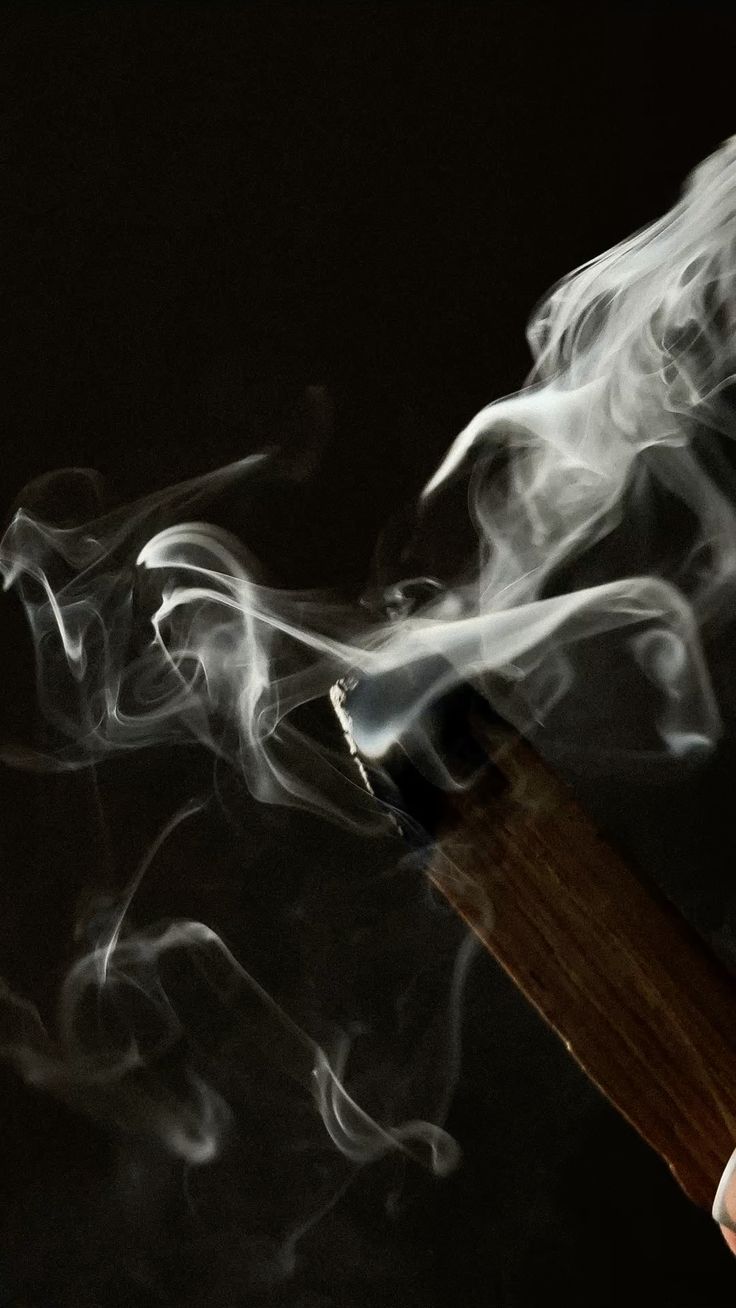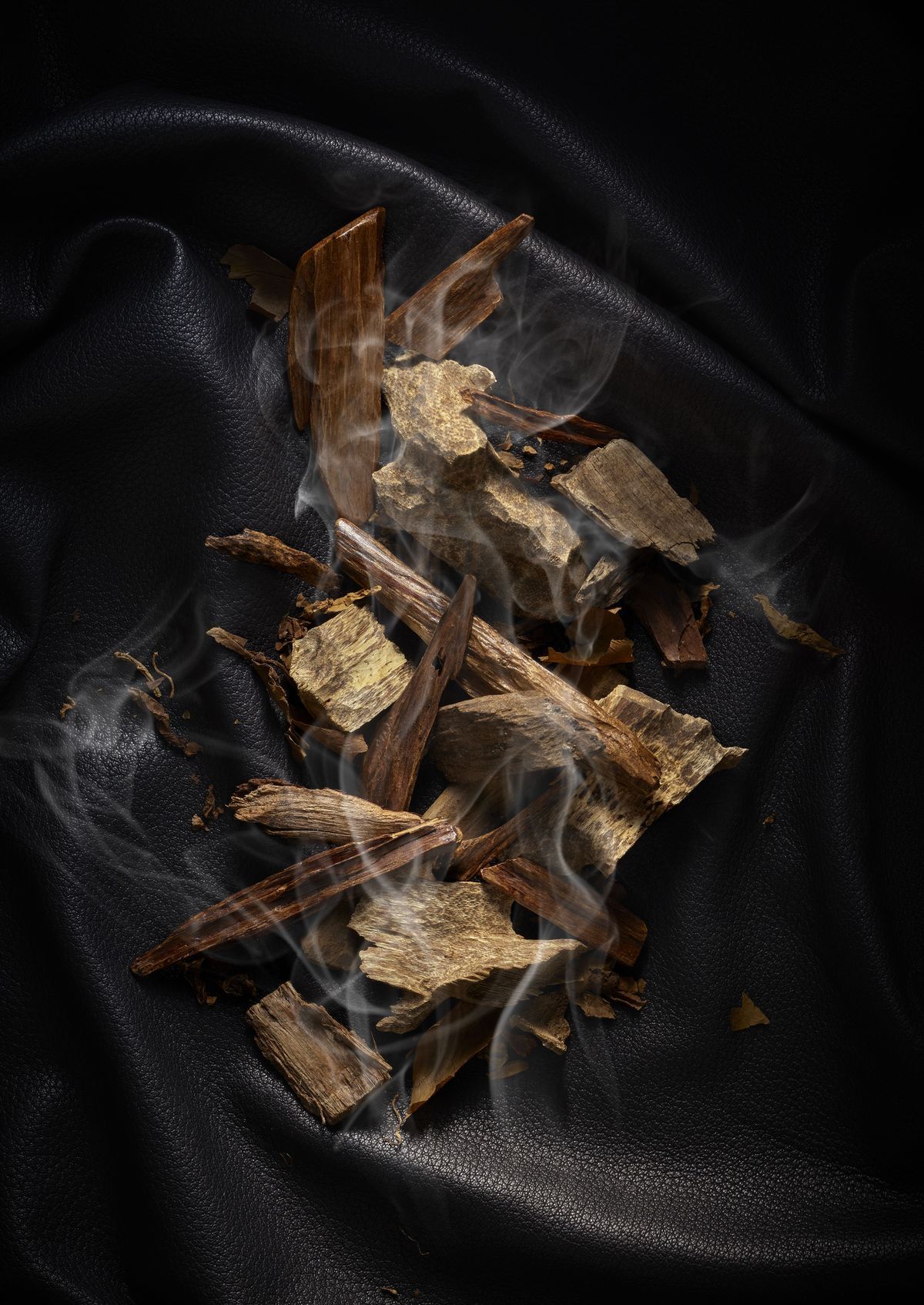Long before it became a perfume note, guaiac wood was revered for its spiritual power.
A dense, resinous heartwood sourced from the guaiacum tree, it was native to the Caribbean and South American coasts where indigenous peoples burned it long before European ships darkened their horizons.

Imagine Taíno shamans preparing sacred fires on moonlit beaches, adding guaiac wood to flames that would carry prayers toward star-scattered sky. The smoke — deep, resinous, slightly sweet — rose like visible incantations, cleansing bodies and spaces with scent that seemed to bridge earth and heaven.
When Spanish conquistadors first encountered guaiac in the early 1500s, they recognised something valuable in its aromatic density. Soon, ships were carrying "holy wood" (lignum sanctum) back to European ports, where physicians claimed it could cure everything from syphilis to spiritual malaise. Whether the medicine worked mattered less than the ritual — the particular ceremony of burning expensive wood from impossible distances.

Follow guaiac through colonial apothecaries, where its chips were steeped in wine or ground into powders for treatments that felt as much like luxury as healing. The scent became associated with transformation, with the kind of deep change that happens slowly, over months of careful application.
In Caribbean traditional medicine, healers understood guaiac's earthier applications: wood chips burned during cleansing rituals, smoke that was believed to drive away negative energies while grounding scattered spirits. The tree that grew so slowly its heartwood accumulated decades of tropical storms and stillness.
But guaiac's genius lies in its molecular structure — resinous compounds that don't just scent, they preserve. Like amber trapping ancient insects, guaiac holds other fragrances close, making temporary beauty feel permanent. The wood that refuses to let things fade.
Modern perfumers prize it as base note that adds weight without heaviness, smoke without fire. The kind of depth that makes compositions feel rooted in something more substantial than chemistry.
In DENARII, guaiac wood forms the foundation with vanilla and precious balsams — smoky, enveloping, the finish that lingers like last wisps from extinguished flames. Soft and steady, like the particular silence that follows sacred fire.
The wood that burns slow enough to outlast the ceremonies it sanctifies.
